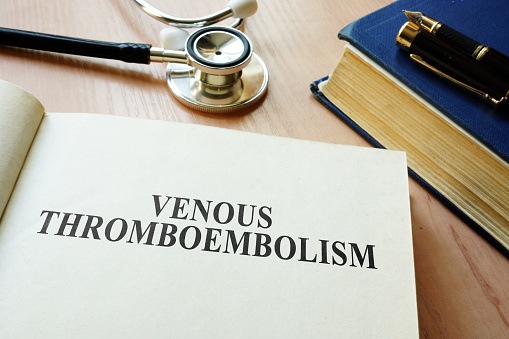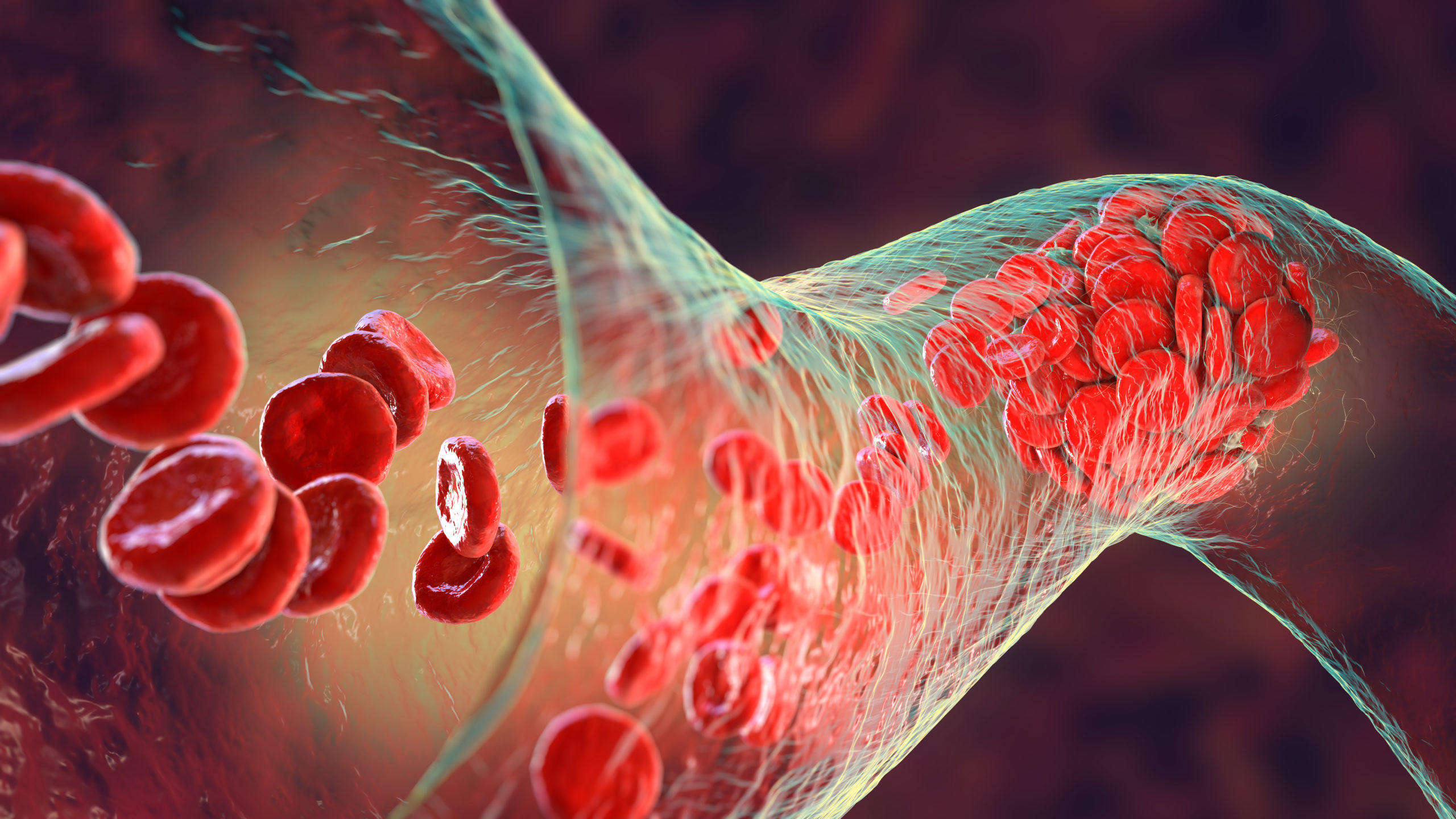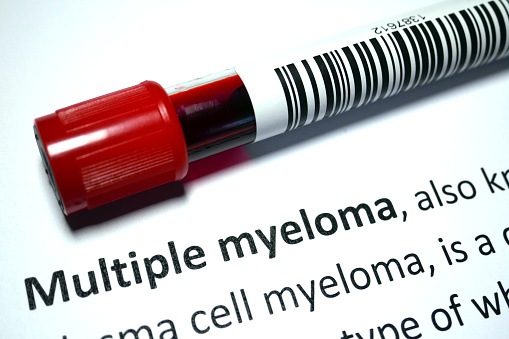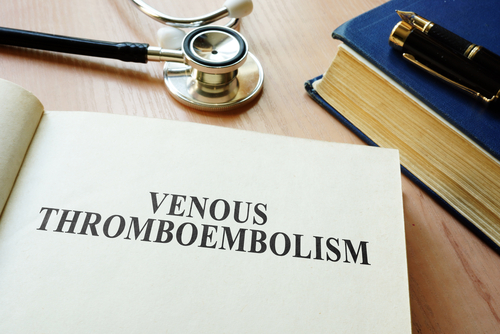Aspirin May Help Prevent VTE in Some Patients
Aspirin prescribed (ASA) is both safe and effective for preventing venous thromboembolism (VTE) in obese patients undergoing total hip arthroplasty (RTHA) and revision total knee arthroplasty (RTKA), according to a study published in The Journal of Arthroplasty.
In this retrospective review, researchers assessed 1,578 consecutive RTHA/RTKA cases (751 RTHA and 827 RTKA) who were prescribed 325mg or 81mg ASA. They collated 90-day postoperative VTE rates, bleeding, wound complications, deep infections, and mortality occurrences. The two cohorts were then stratified according to body mass index (BMI), with 335 patients having a normal BMI, 511 overweight, 408 obese, 232 severely obese, and 92 morbidly obese.
According to the results,
VTE rates were statistically similar between BMI groups (0.90% vs. 0.78% vs. 0.74% vs. 0.43% vs. 0%, P=0.89). The researchers noted that werre were no differences in bleeding rates (0.90% vs. 0% vs. 0% vs. 0.43% vs. 0%, P=0.08), wound complications (0.30% vs. 0.20% vs. 0.25% vs. 0% vs. 0%, P=0.93), infection (1.49% vs. 1.57% vs. 0.98% vs. 1.29% vs. 1.09%, P=0.66), or mortality (0% vs. 0.20% vs. 0% vs. 0% vs. 0%, P=0.72).
Cancer Increases Risk of Pregnancy Associated VTE
Pregnant cancer patients have a significantly higher risk of venous thromboembolism (VTE), according to a study
published in the journal
Obstetrics & Gynaecology. In this historical prospective cohort study, researchers analyzed 3,581,214 pregnancies in Denmark between January 1, 1977 to December 31, 2017. They calculated rates of VTE for women with pre‐pregnancy cancer, cancer in pregnancy and without cancer using logistic regression.
Following analysis, the results showed that in pregnant cancer patients the event rate of VTE was 75.2 per 10,000 pregnancies compared to 10.7 per 10,000 pregnancies in the non-cancer group. The researchers noted that findings correlate with an increased adjusted Odds ratio of 6.50 (95% CI, 3.5 to 12.1) in the cancer in pregnancy group in comparison with the no cancer group.
“Patients with cancer in pregnancy have a markedly higher risk of pregnancy associated VTE compared to patients without cancer,” the researchers concluded.
“In pregnancy related VTE risk assessment, the presence of cancer alone may be sufficient to indicate thromboprophylaxis.”








 © 2025 Mashup Media, LLC, a Formedics Property. All Rights Reserved.
© 2025 Mashup Media, LLC, a Formedics Property. All Rights Reserved.